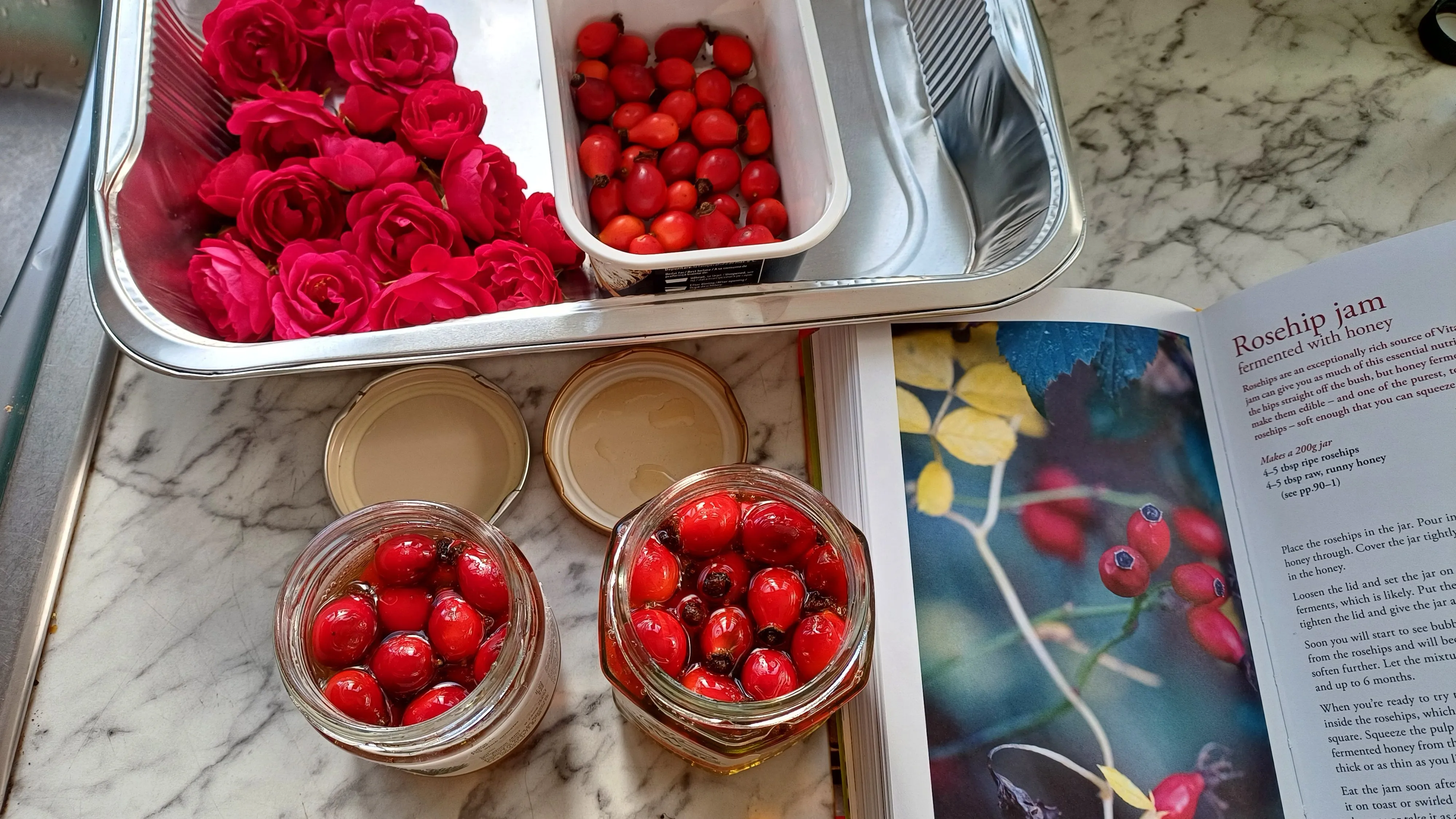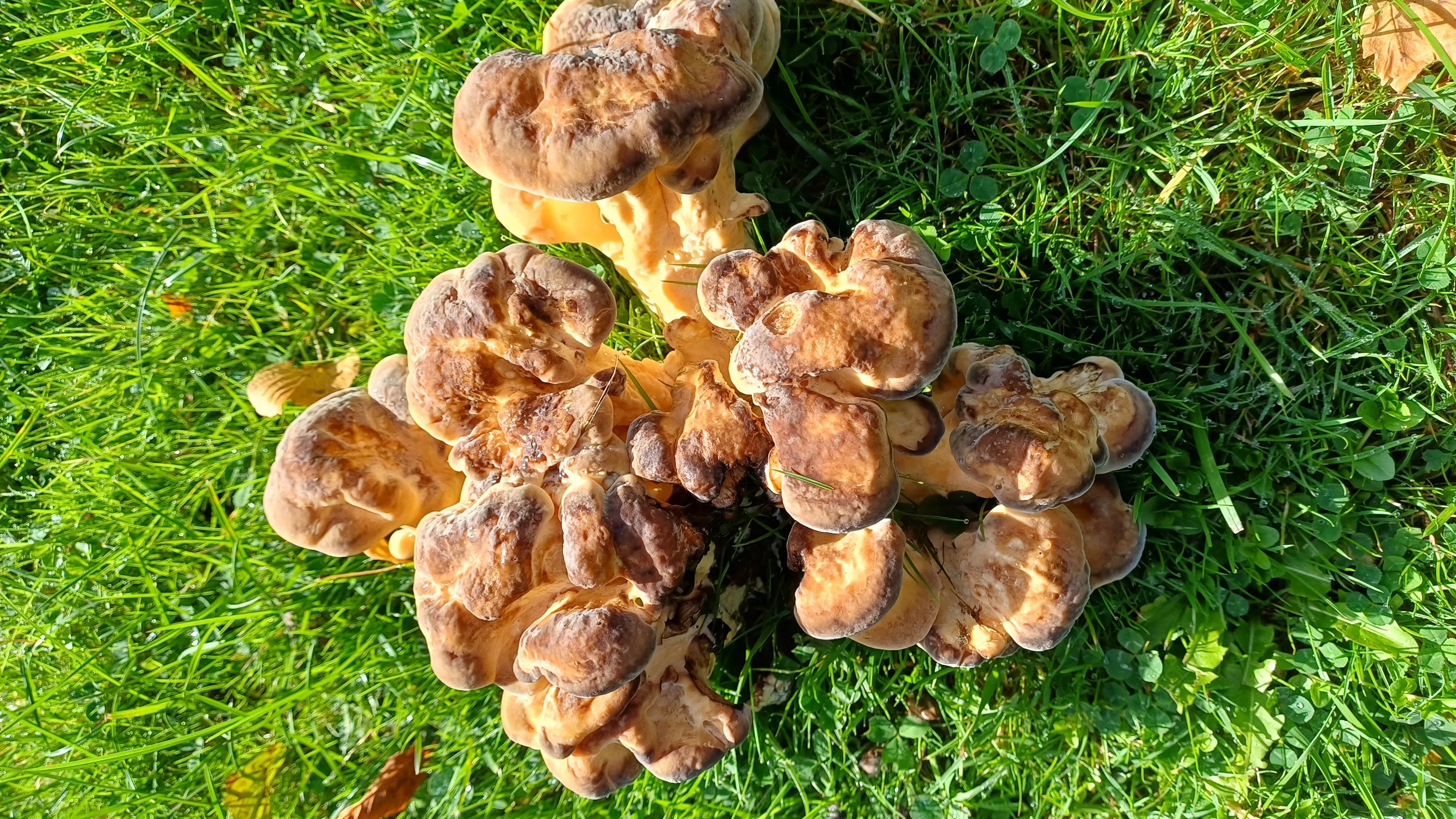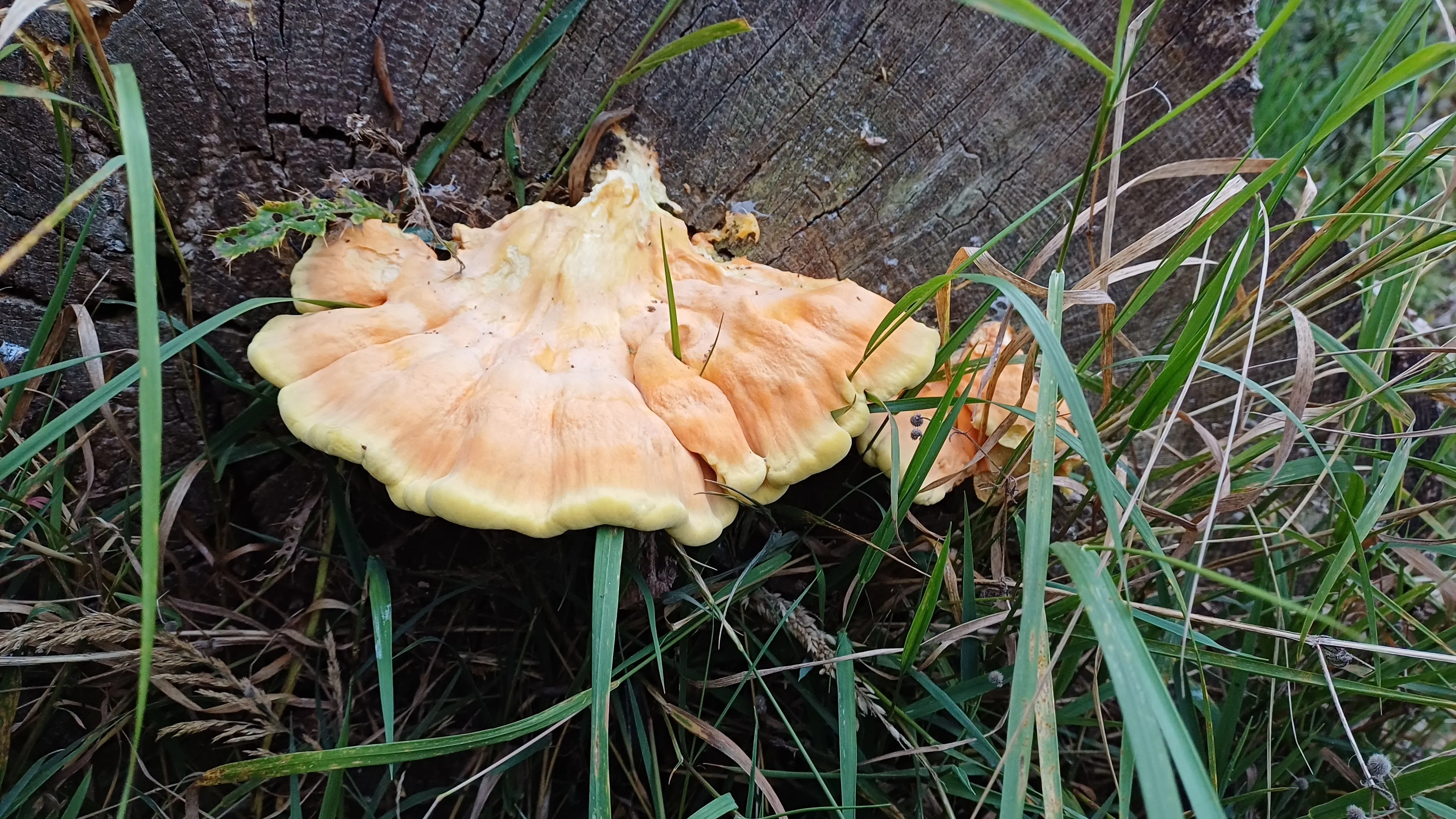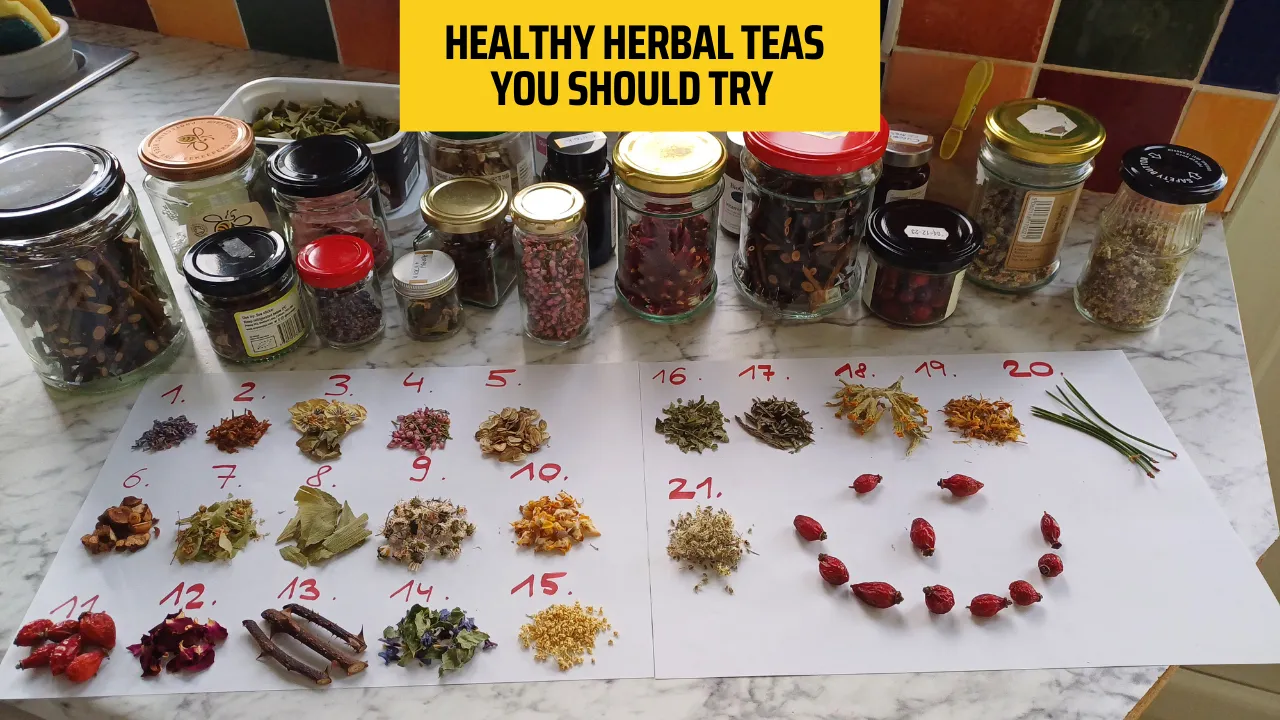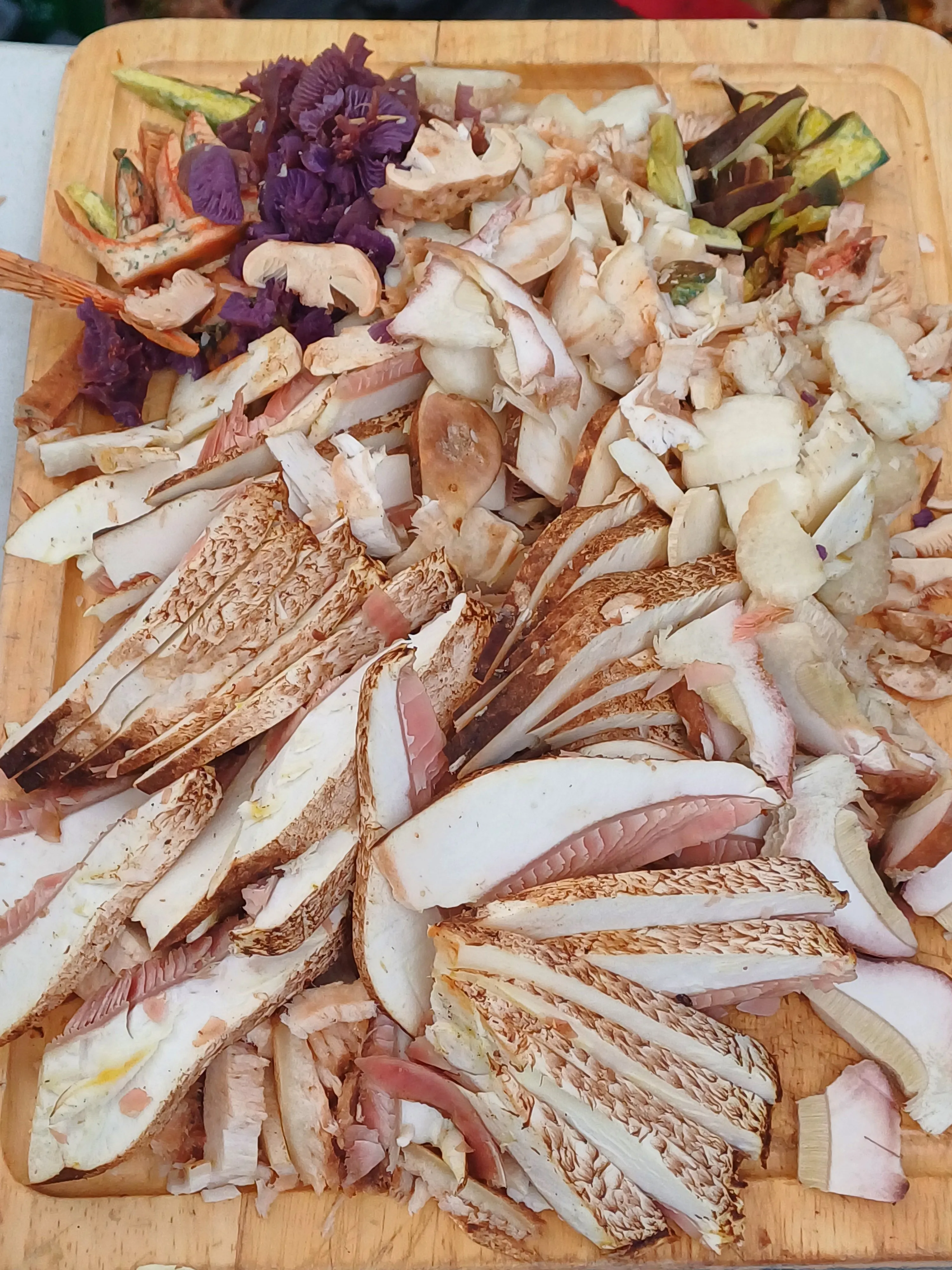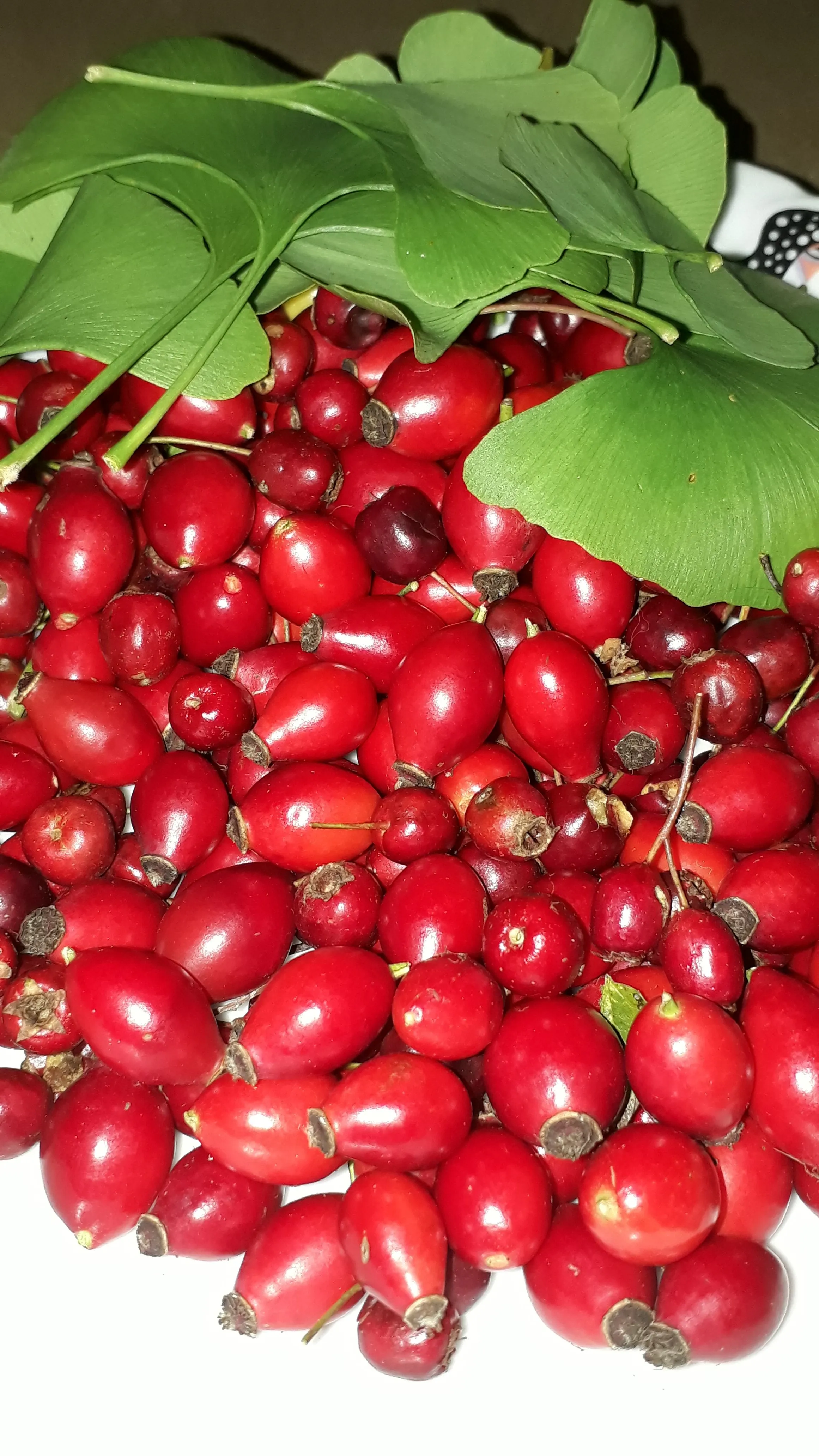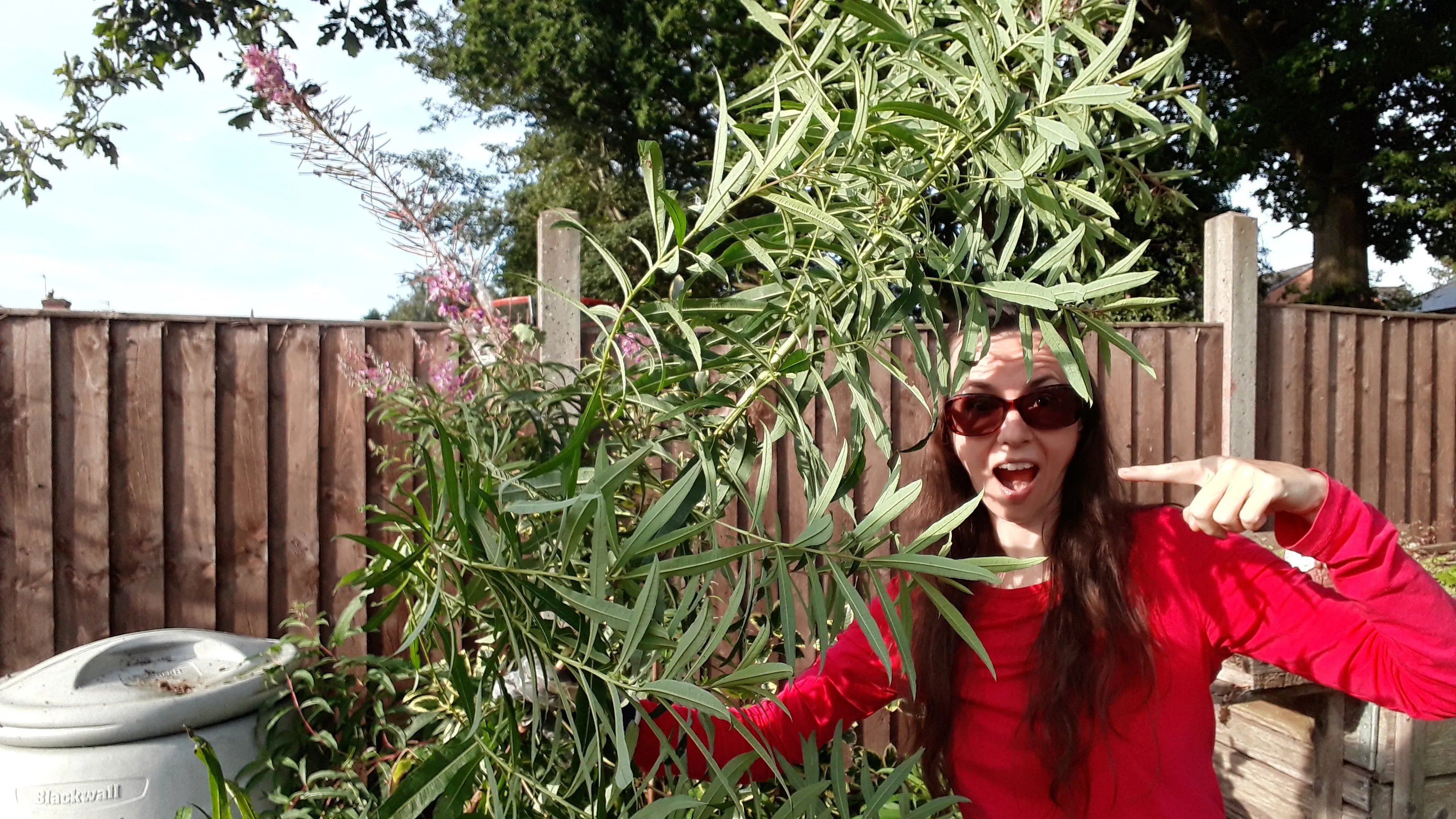Foraging in September: Wild Edibles
📗 A wonderful foraging book has landed in my hands "The Edible City: A Year of Wild Food" by John Rensten. So who's John? He's an author, Forage London founder and frustrated middle aged rock climber. He lived, worked and foraged in London for 20 years before finally escaping to Dorset, via Hampshire, in 2016 to concentrate on mushroom hunting and coastal foraging. Despite now living in a more rural part of the county, he still runs and organise numerous urban foraging events, wild food walks and mushroom forays.
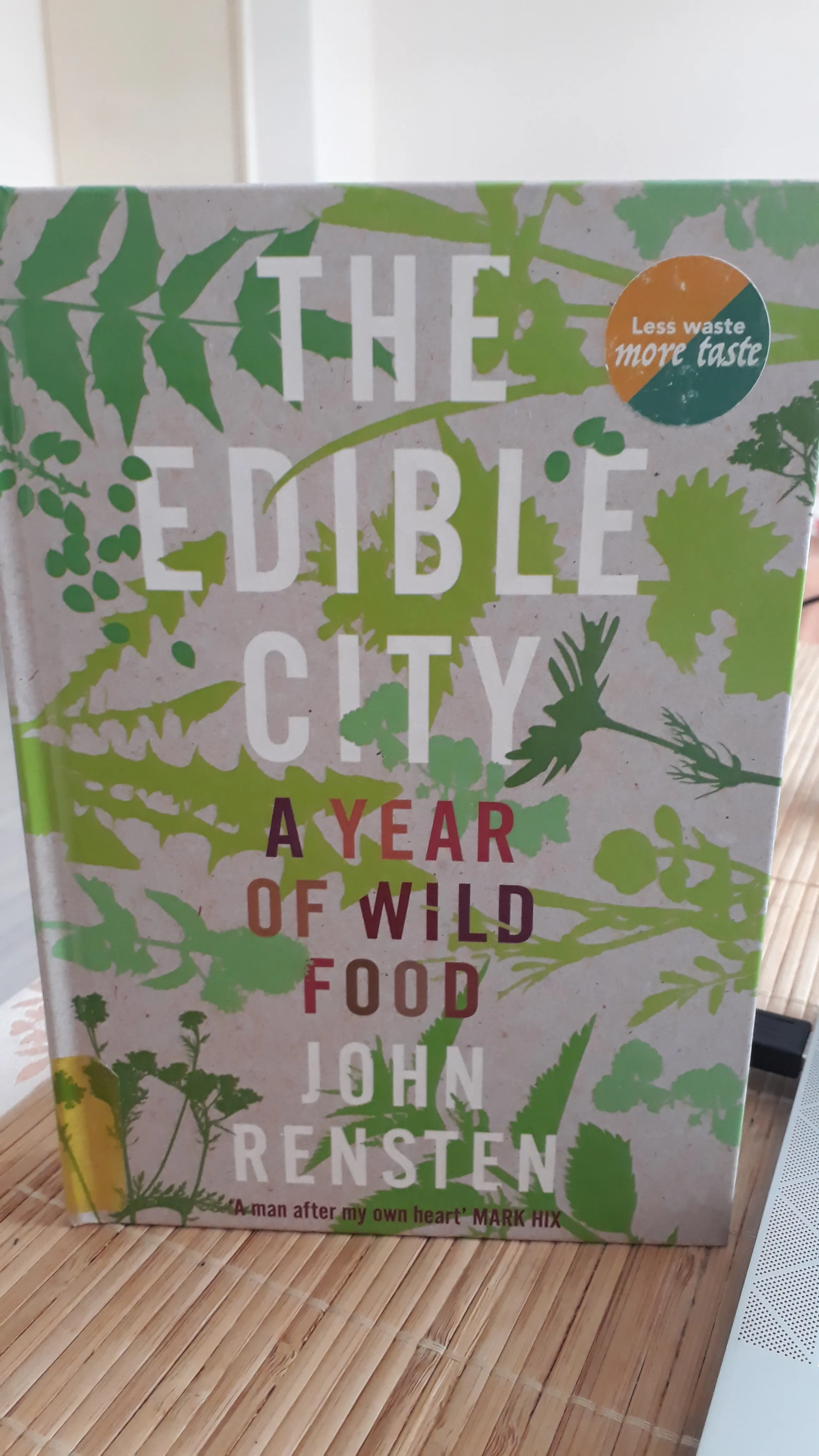
So shall we have a look what John recommend to focus on in September?
Here we go:
- Elder (Sambucus nigra)
- Porcini (Boletus edulis)
- Rowan/Mountain Ash (Sorbus aucuparia)
- Cherry Plum (Prunus cerasifera)
- Crab Apple Red Sentinel (Malus x robusta)
- Blackberry (Rubus fruticosus)
- Wild Plum (Prunus domestica)
Let's start with Elder
Parts used: ✅ flowers and fruit (leaves are toxic)
Harvesting tip: ❌ Don't pick the leaves (they are potentially toxic), as are the berries if eaten raw. No nibbling!
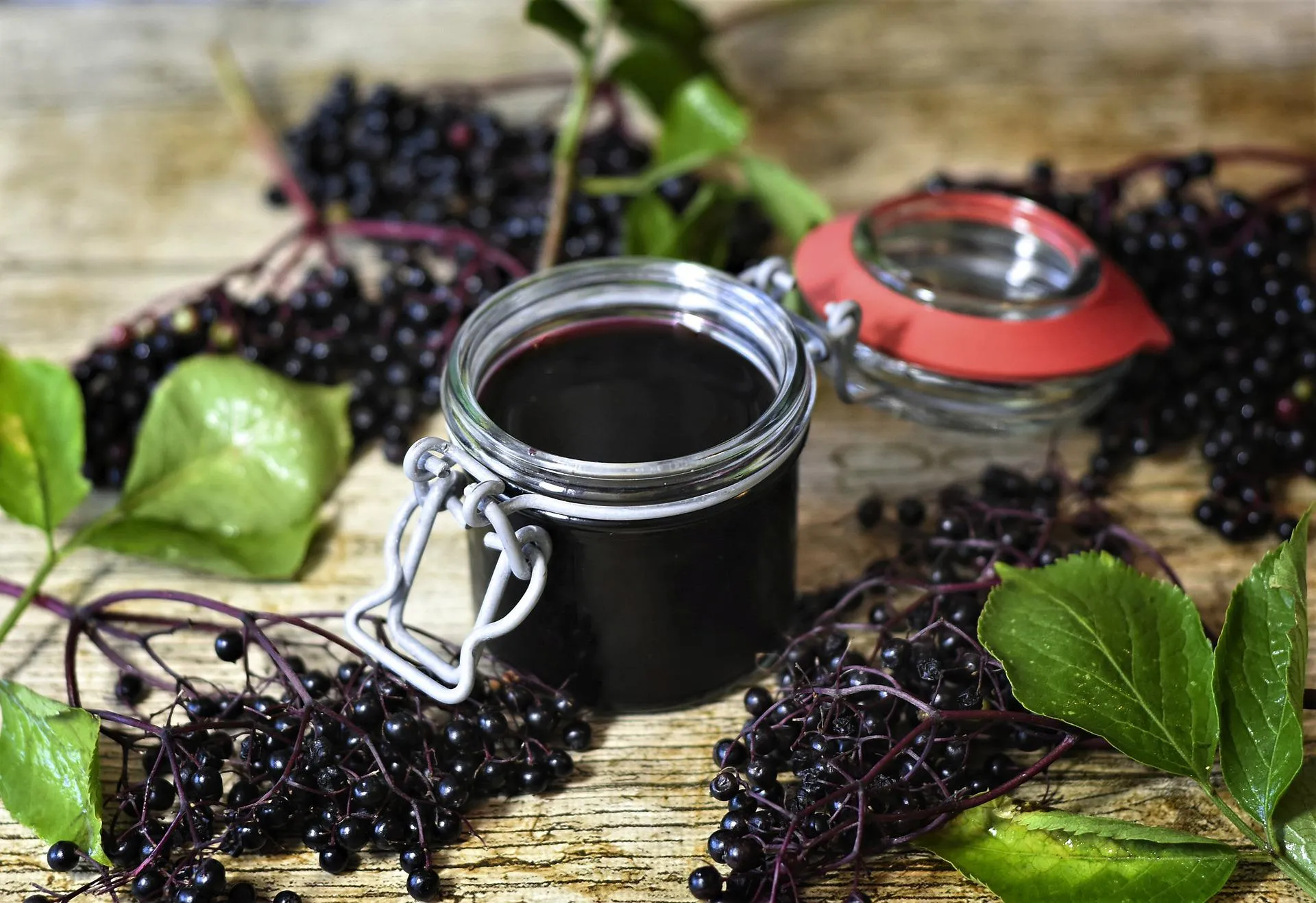
What can you do with elderberries?
🍧 Elderberry wine, elderberry vinegar, elderberry brandy, elderberry jelly, elderberry jam, elderberry cordial, elderberry liquer, elderberry capers, elderberry ice cream, elderberry sorbet, elderberry tincture, elderberry sauce, elderberry tart, elderberry gin, elderberry dye etc., etc. The list is endless! Elderberries are very versatile.
They are very abundant and extremely healthy, packed with vitamin C and antioxidants (especially anthocyanins, which give them their dark purple colour).
🟢 I've never heard of elderberry capers before. This recipe calls for unripe elderberries which are still green. If you'd like to give it a go next year, you can find recipe here.
🍯 This year I made some elderberry syrup mixed with honey and a little bit of lemon juice. I store it in a fridge and take a teaspoon whenever I like as a prevention.
🍰 I fancy something sweet and I'm thinking of making some layers of digestive biscuits, greek style yoghurt, blackberries and elderberry syrup and let it sit in the fridge. The buscuits soften this way and it's wonderful dessert without baking.
👩🍳 I'll pick more elderberries and make sort of elderberry béchamel sauce. I like experimenting in the kitchen. Sometimes it turns out amazingly well, other times there's just a big mess left. Either way, I always learn my lesson. 😜
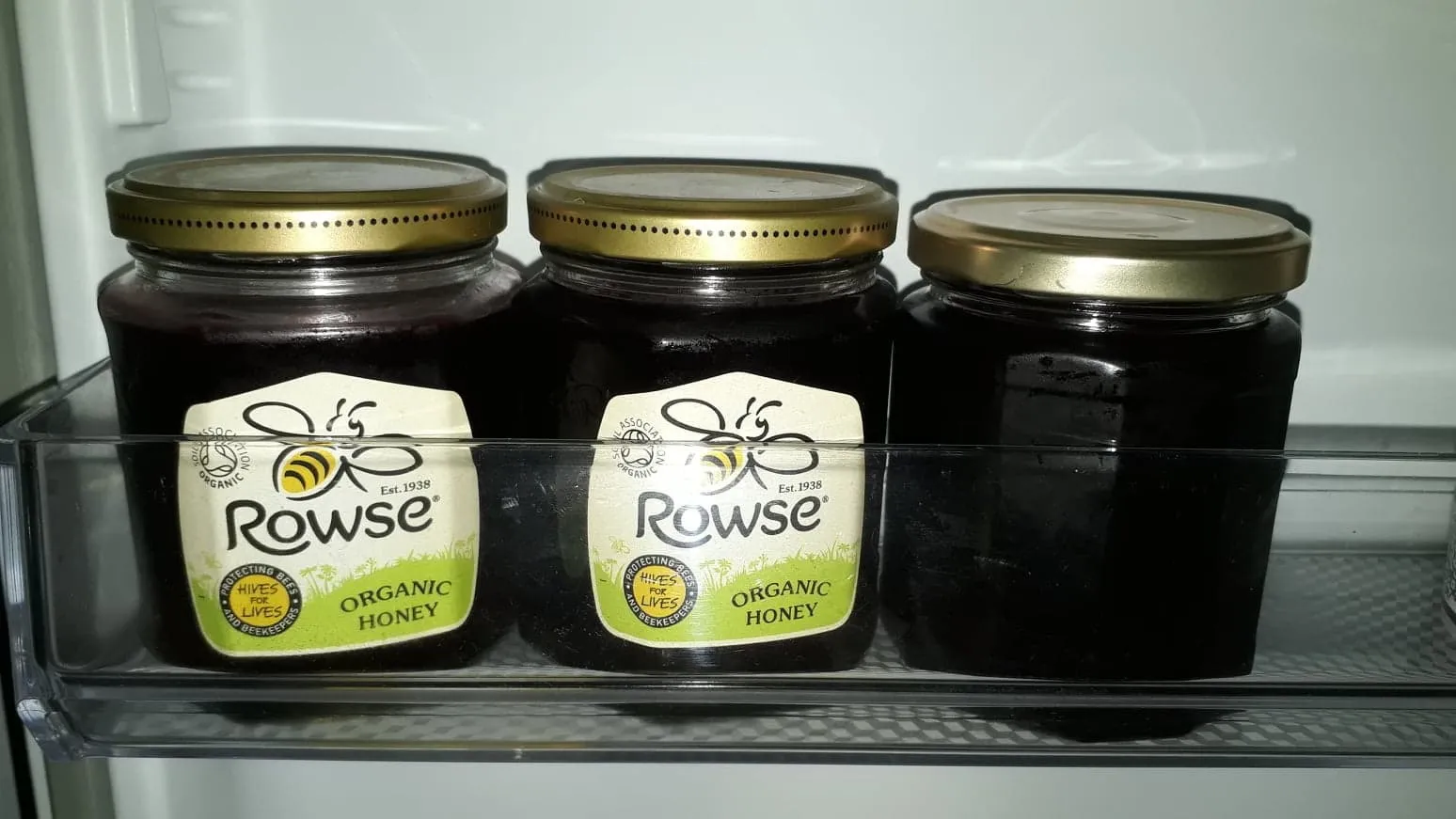
Porcini/Penny Bun (Boletus edulis)
Parts used: ✅ Entire Fruiting body, i.e. the caps and stems
Harvesting tip: 💡 Check the stems for grubs and also collect bigger, older specimens for drying
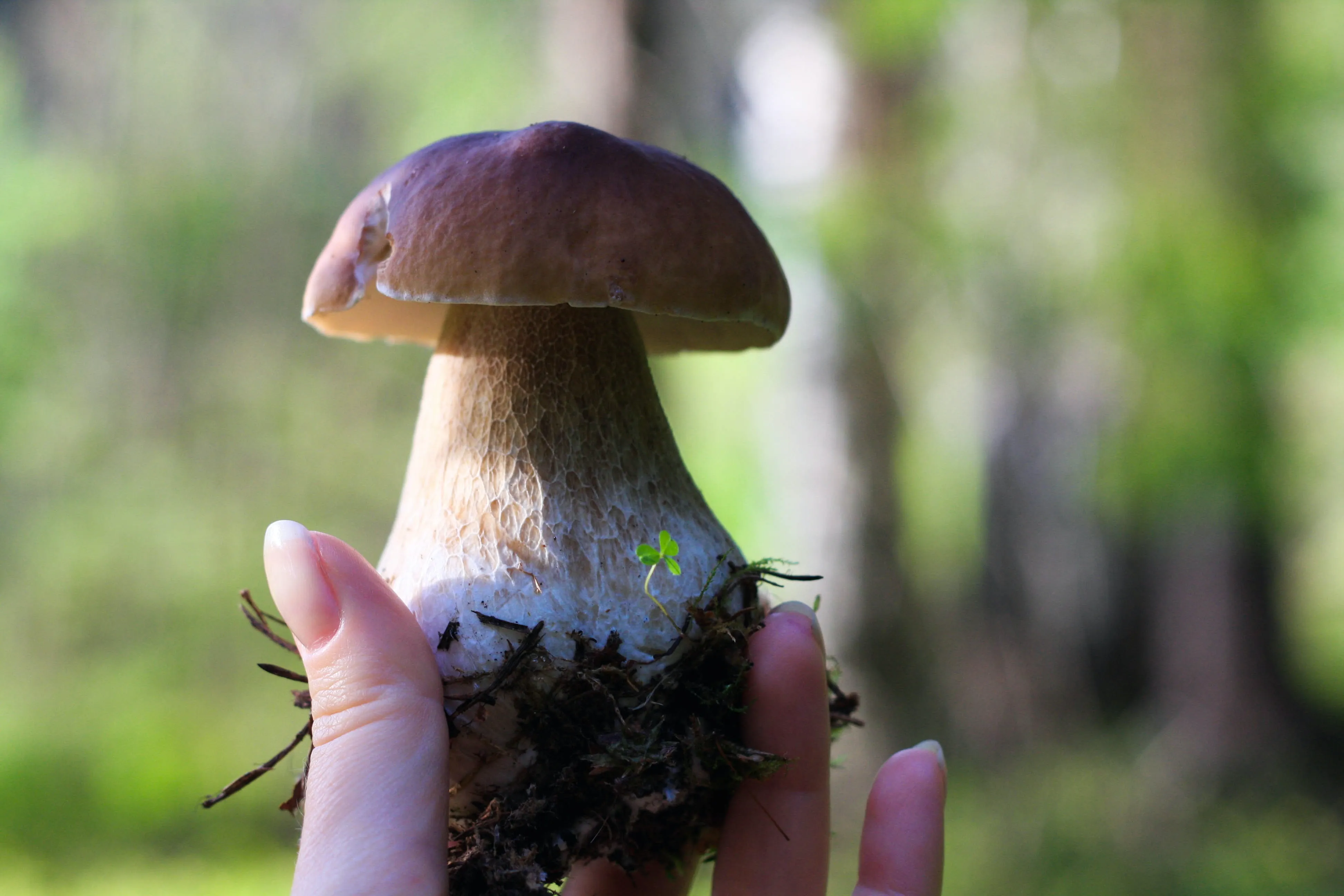
☢️ A word of caution here: Mushrooms are excellent at absorbing pollutants so it's generally accepted that picking them close to busy roads is a bad idea (plus no one wants to get run over for a handful of fungi). John doesn't eat or recommend that anyone eats any city fungi; the underground organism that creates the mushrooms, mycelium, is excellent at absorbing any and all toxicity it encounters. He also recommends totally avoiding graveyards, where there are likely to be arsenic, lead and numerous other dangerous substances.
How to cook with fresh porcini mushrooms
🍄 They are quite versatile and can be used in a variety of recipes from soups to risottos. Porcini mushrooms are tasty eaten cooked. The general rule is to prepare them simply and avoid overloading with complex flavours as they are so delicious on their own.
🍳 You can sauté, braise, fry, grill, or even stew this seasonal treat. Porcini mushrooms pair well with meat, eggs, pasta or even added to sauces such as bechamel or broths. Thanks to its meaty, savoury flavour and texture porcini is also a great vegetarian option too.
Before cooking, you may want to clean your mushrooms but I'd strongly advise against soaking them in water or even rinsing them. Instead use a dry or a slightly damp paper towel to gently remove any excess dirt.
Rowan/Mountain Ash; Cherry Plum; Crab Apple Red Sentinel
Rowan (Sorbus aucuparia)
Part Used: ✅ Fruit
Cherry Plum (Prunus cerasifera)
Part Used: ✅ Flowers, fruit
Crab Apple 'Red Sentinel' (Malus x robusta)
Part Used: ✅ Fruit
Harvesting tip: ✅ Wash all these fruits before eating and ❌ do not eat rowan berries raw!

You can try one of John's recipes below:
A mixed fruit elixir or cordial or syrup
🍒 Mixed fruit (wild and domestic), 1 cinnamon stick, 2 cloves, 2 or 3 star anise, sugar, honey or xylitol
🍂 This is the ideal recipe for any city forager, so take an early autumn wonder through your local park or common and come back with just a small handful of any or all of the following berries or fruits: rowan, plum, cherry plum, sloe, hawthorn, medlar, quince, crab apple, paer, rosehip, elderberry, mulberry and blackberry. Supplement what you have with shop-bought plums or soft fruit if you need to.
🥘 Wash and destolk the smaller ones, chop anything bigger, and put them into saucepan. With enough water to just cover them, cook for 15-20 minutes with the cinnamon, cloves, star anise and a little sugar, honey or xylitol. Cool and then strain the mix through muslin, squeezing hard to get all of the juice out, and then discard the wrung-out fruits.
🧉 Use as a delicious wild fruit drink, mixed half and half with cold fizzy water, or reheat and add more sweetener to make a cordial - even more an you have a syrup.
Blackberry (Rubus fruticosus)
Parts used: ✅ Young leaf buds, young leaves, fruit
Harvesting tip: 🤤 The sweetest fruit grows on the stem tips, but handle with care as they are VERY juicy!
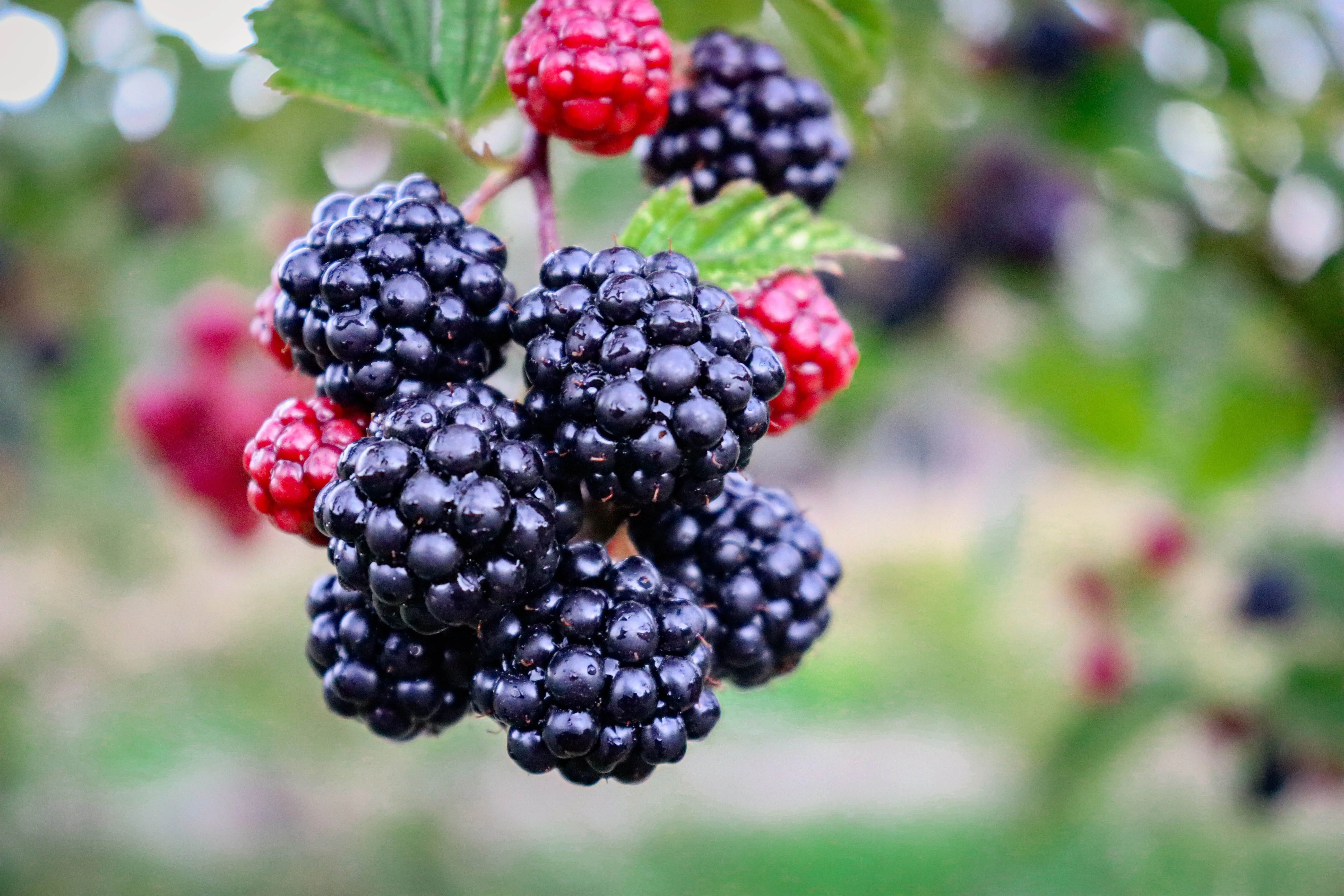
🤤 Like elderberries, the list of uses for blackberries is endless. Unlike elderberries, and as everyone knows, blackberries can be eaten raw and it's not easy to beat the pleasure of munching fresh wild berries and fruits straight off the tree or bush they're growing on.
🍃 The very your unopened leaf buds taste like tiny mushrooms, providing you get the timing righ; a little too late and they are extremely drying on the mouth. When the leaves have opened and are bright green, they make one of the best herbal teas. People are also candying the young stems and then cutting them into thin slices to produce star-shaped sweets.
🌧️ This year when I tried to pick up some blackberries from our local park with my boyfriend we were caught up in a torrential rain. There were not many places where to hide. We were standing under one of the trees, however it didn't help much. Both of us came home with a tiny little harvest of blackberries (which my beloved darling managed to put upside down in the backpack) and we were soaking wet. Yes, even our undies
🩲🩳 were drenched! 😂 What a harvest! Lol
I'll try to have another go though. As I mentioned I fancy something sweet and blackberries fit greatly into my unbaked sweet treat.
You can also try blackberry and apple crumble. For inspiration click here.

Wild Plum (Prunus domestica)
Parts used: ✅ Flowers, fruit
Harvesting tip: 💜 Unripe fruit will ripen later as long as they are purple when picked, though they taste best if they are ripened on the tree. Blossoms taste of almond essence.
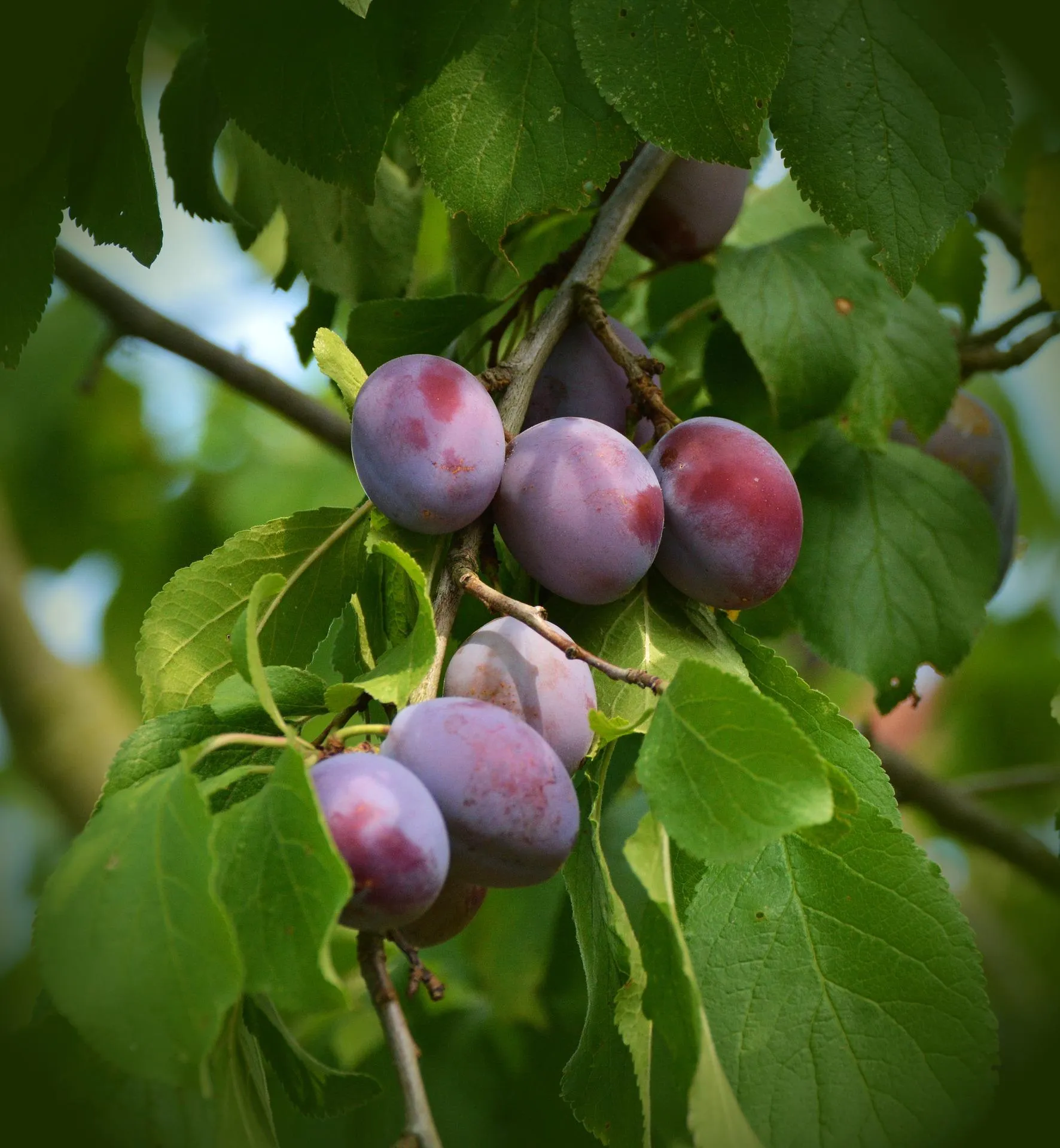
Try another one of John's recipe:
Very spicy wild plum and crab apple chutney
1.5kg wild plums, apples and crab apples (that's 1.5kg after removing the unwanted bits, not before), 4 medium shop-bought plums, preferable the red ones, 2 peppers, 500g fresh tomatoes, 8-10 garlic cloves, 4-6 medium-hot green chillies including seeds, 250g red raisins or similar, 250g golden sultanas, 250g black raisins, a big handful of dried white mullberries (optional), 15 cloves, 2 tsp salt, 2 tsp fresh ground pepper, 2 tsp cayenne pepper, 4 tsp star anise (need to be ground up first), 2 tsp dried chille flakes or similar, 2 tsp ground cinnamon, 2 tsp paprika, 1/2 tsp smoked paprika, 2 tsp ground corriander, 1.2 litres vinegar (just the cheap stuff), 400-500g brown sugar.
You can change it around depending on what you have available. This is a super-spicy 🌶️🌶️🌶️ condiment!
Core and stone the plums, apples and crab apples. Chop them into small pieces along with the peppers, tomatoes, garlic and chillies and put all the ingredients expect the vinegar and sugar into a big (and I mean big) pan to cook gently for 30-40 minutes, adding about 120ml water if needed. Then add half the vinegar and simmer for a few minutes until the apples are cooked properly, then add the rest and all the sugar. Give everything a good stir, cover the pan and leave it to simmer gently for around 2 hours. Leave to cool and store in sterilized jars. Hey presto! Job done.

I hope it inspires you.🥰 Happy foraging! 🍂🚶♀️🚶♂️
From my heart ❤️ to your heart.❤️


